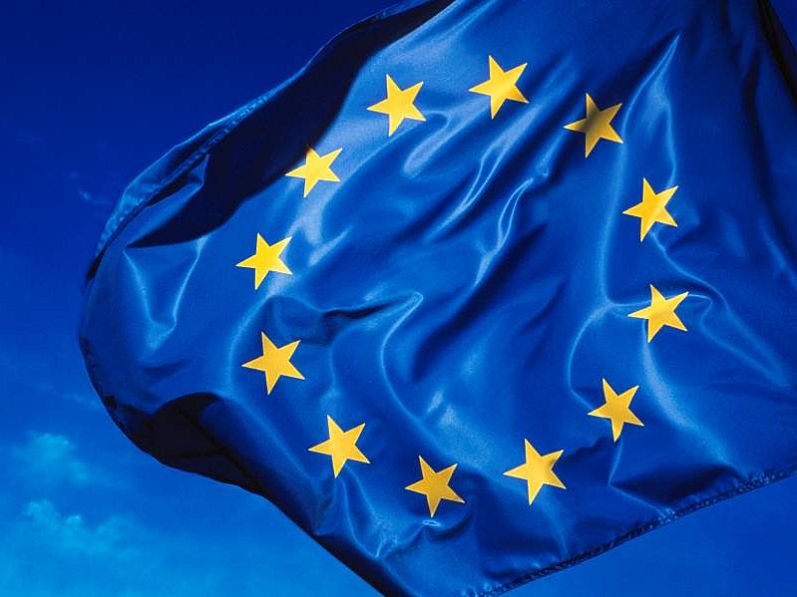
Using a title like this one: “The 4th Directive for Dummies” is obviously meant to provoke !
That’s just my intention. In general, this blog deals with subject matters that can be quite tedious, so a few tongue-in-cheek comments here and there can’t hurt.
The 4th Directive : where are we coming from ?
The current legal framework is that of the 3rd Directive (2005/60/CE) which has been in force since the 26th October 2005. All Member States have already implemented the regulations set by this Directive; we are thus currently still in this legal framework.
The 4th Directive: where are we going ?
The Official Journal of the European Union published on the 5th June 2015 the final text of the 4th Directive. The complete text can be found at this link: http://eur-lex.europa.eu/legal-content/EN/TXT/HTML/?uri=CELEX:32015L0849&from=EN
The commencement of the 4th Directive is set for the 26th June 2017, at which date the previous legal provisions will be automatically cancelled, to be replaced by the ones established in the 4th Directive. Member States have until that date to emit implementation orders corresponding to the Directive.
The main points of the new Directive
- Introduction : here you will find general concepts and definitions
- Doing away with large cash payments: Item 6 of the Introduction mentions maximum cash payments in the amount of EUR 10,000, while recommending that Member States adopt lower thresholds.
- Targeted entities :
- Credit and financial institutions : banks, investment funds, insurance companies, etc.
- Professions evolving in the finance sector : auditors, external accountants, tax advisors, notaries, trusts or company service providers, estate agents, providers of gambling services and… persons trading in goods …
- This last targeted profession is very broad; the Directive mentions “to the extent that payments are made or received in cash in an amount of EUR 10 000 or more”. This provision is quite ambiguous considering that in general, cash payments are already limited to EUR 3,000 (less even)… It seems that the targeted professions are those linked to jewellery, antiques…
- Identification of beneficial owners : it will be essential to identify all the company’s beneficial owners (those who own more than 25% of the company shares)
- Member States need to provide for reinforced monitoring of PEPs (Politically Exposed Persons) as well as for RCAs (Relative or Close Associates of PEP). On this latter point, the use of a recognised database is crucial.
The plan is for this information to be readily accessible in the near future via online trade registries.
- Supervisory bodies : All Member States are expected to set up independent and autonomous FIUs (Financial Intelligence Units) to collect data and analyse suspicious transactions brought to their attention.
- Heavy sanctions : for professionals who fail to identify or report suspicious transactions.
Personal data: the implementation of the Directive will require the recording and processing of a certain amount of personal data. Article 43 considers the processing of such data to be a “matter of public interest”.
Is there a hidden agenda behind all of this ?
We can only commend this fight against money laundering and terrorist financing. Gone are the distortions which allow certain entities to unfairly gain strong positions on the market, which disturb competition and which penalise ethical economies. May the same competition rules apply for everyone !
And if, in addition, the fight can bring a lot of money into the State coffers, why would our politician friends complain ?






About The Author: Michel Vansimpsen
More posts by Michel Vansimpsen